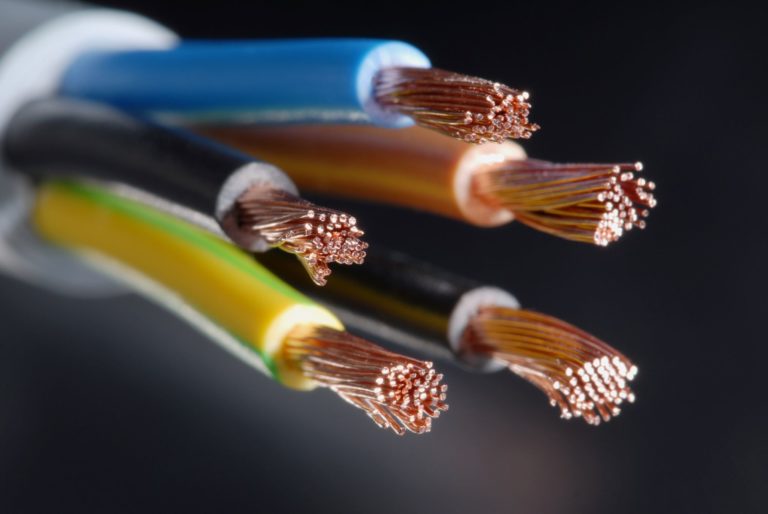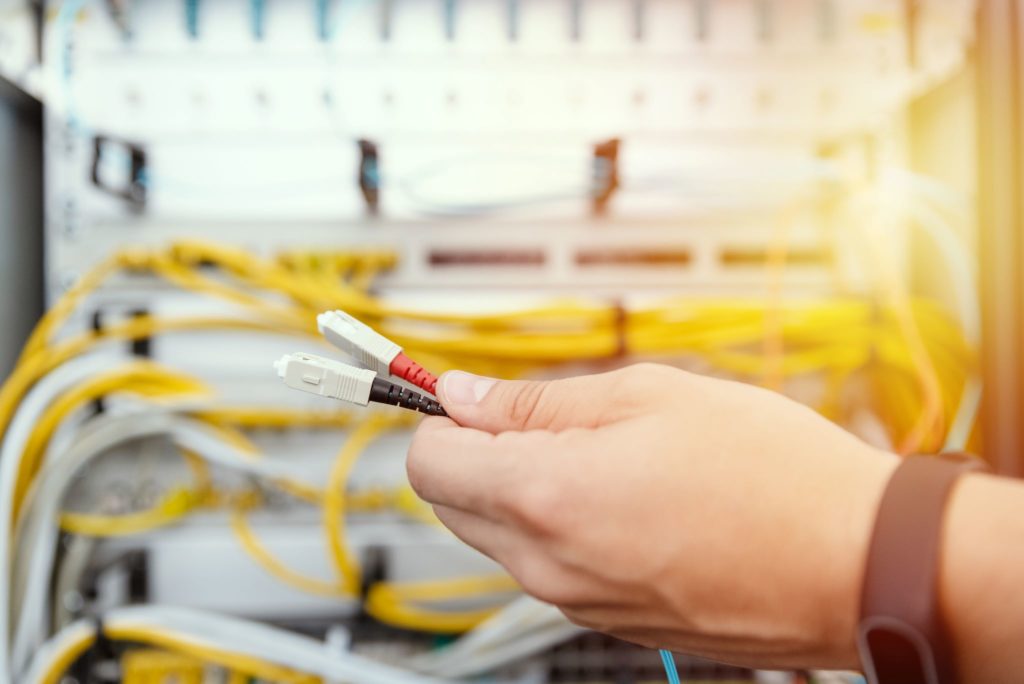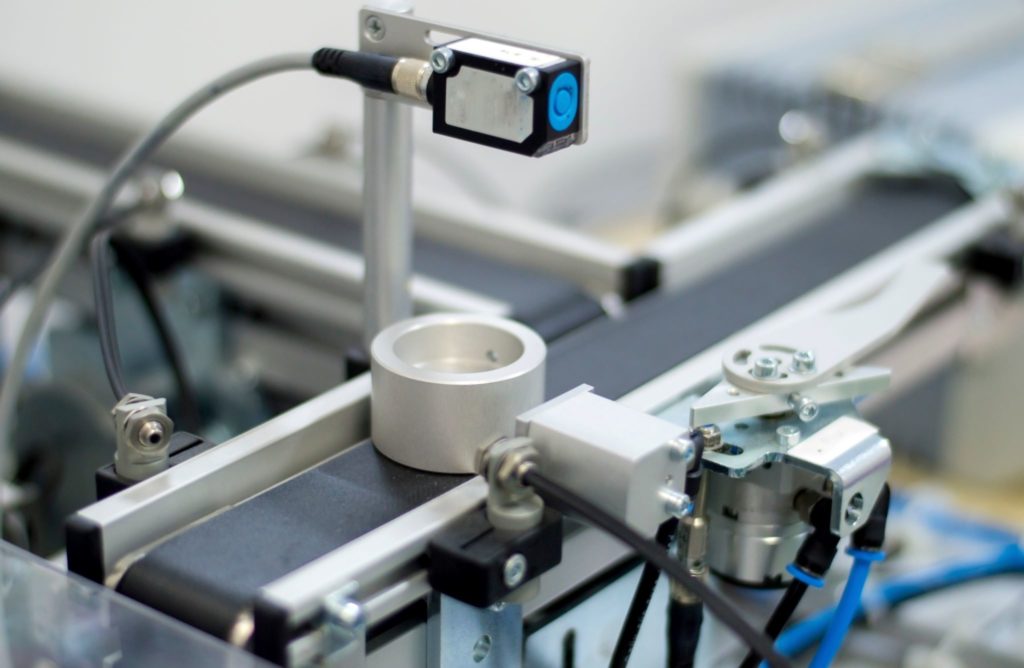Every year, more businesses are turning to fiber optic solutions. As more applications require faster transmission rates with higher accuracy across longer distances, more design engineers, data managers, and industry SMEs question how new fiber optic cable assembly design applications such as Active Optical Cables differ from conventional fiber optic cables.
Nortech Systems’ Active Optical Xtreme (AOXTM) is the newest small form-factor hybrid solution in the family of Active Optical Cable assemblies.

What are the Challenges of Conventional Copper Wiring?
Copper cable technology is being pushed to its limitations as InfiniBand data speeds climb and data center clusters expand in size. The InfiniBand Double Data Rate (DDR) of 20 Gigabits per second (Gbps) limits the span of traditional copper cable to 8 to 10 meters.
Because of the bandwidth-distance limits of copper cable installations, engineers frequently incorporate amplifiers, signal regenerators, frame grabbers, signal redrivers, retimers, and other similar devices inside the system assembly.
Copper passive cables are bulky and numerous, making physical data center management challenging and susceptible to electromagnetic interference (EMI), restricting copper’s performance and dependability.

What is Active Optical?
Active Optical Cable (AOC) is a hybrid design technique that employs optical fiber “between the connectors” to deliver the same electrical bandwidth as would be found in a far larger number of copper cables. Active optical cable (AOC) is primarily deployed for long-reach multi-lane data transfer, control and power delivery. Typically, optical communication data transmission belongs to the passive component, but AOC is an exception. An AOC consists of multimode optical fibers, control chips, optical transceivers and receivers, and modules.
AOC utilizes electrical-to-optical conversion on the cable ends to increase the cable’s speed and distance performance. It also maintains compatibility with a conventional electrical system design.
Users now expect more information at their fingertips; so, our communications infrastructure will have to be faster, and AOC is one of the best ways to tackle this problem.
AOC has several benefits over direct attach copper cable for data transfer. These benefits include reduced weight, higher bandwidth, lower power consumption, lower connectivity loss, EMI immunity, and flexibility. AOC is becoming widely used in various applications, including long-reach devices and data-hungry systems.
Active optical cables rise above the constraints of passive cables by incorporating optics and electronics into the connections. Where passive cables are typically copper-based, active cables can employ copper wire and fiber optics to deliver an all-in-one solution.

Why Use Active Optical?
Active optical cables were originally developed to replace copper in data centers and high-performance computing (HPC) operations.
Prior to this development, copper wire had been the standard for decades even with so many drawbacks. That’s why the concept of fiber optic cable assembly design seems almost too good to be true.
The advantages of AOC cables make their predecessor look archaic and unsophisticated. They easily break through the limitations of copper passive cables while playing a crucial role in high-speed data transfer.
In high-speed AOCs, Vertical-Cavity Surface Emitting Laser (VCSEL) technology is combined with Transceiver and Receiver capabilities inside the cable assembly. This accomplishes Electrical-to-Optical and Optical-to-Electrical (E-O/O-E) data conversion across tactical fiber-optic channels with very minimal data loss.
AOCs include copper power and control lines together. It’s designed to optimize power supply across distance, decrease voltage drop, and provide a very flexible and rugged cable. The embedded electronics are protected by tough and resilient connector and back shell arrangements.
Power Up With the Latest Fiber Optic Cable Assembly Design
Active optical cables provide ideal value for machine vision and other intelligent sensing devices. The higher bandwidth, reduced weight and system footprint, extremely low data latency, and near immunity to electromagnetic interference will enable you to streamline cable designs, shrink inventories, and reduce supply chain risk.
Contact Nortech Systems today for more information on fiber optic cable assembly design for your organization!

